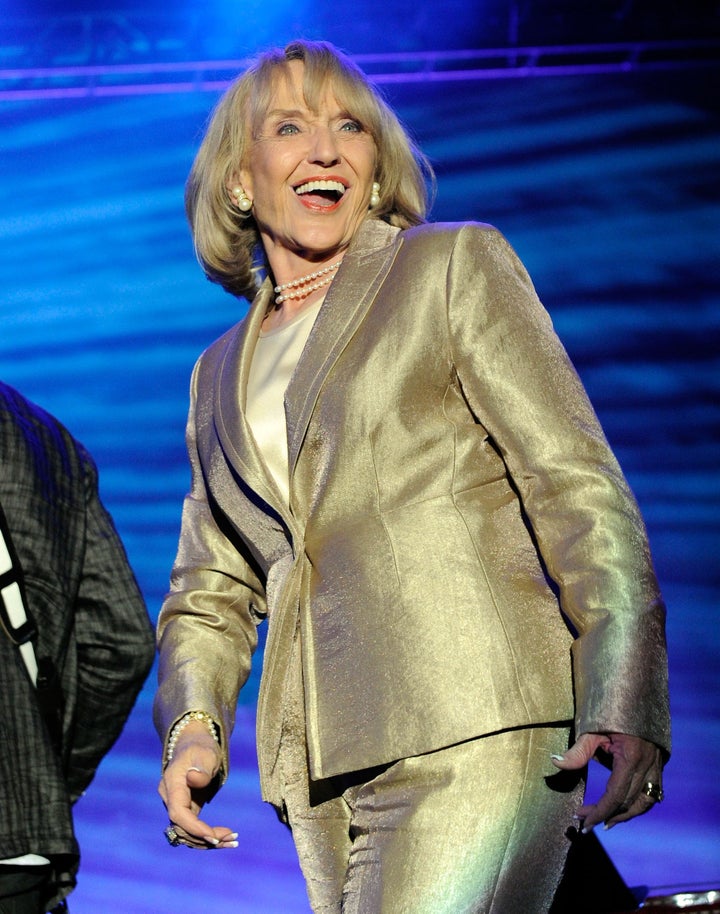
Adding insult to injury, just one month after passing this country's most restrictive and punitive anti-immigration law, the Arizona legislature in the beginning of May 2010 passed House Bill 2281, signed into law by Governor Jan Brewer, targeting public school districts' ethnic studies programs. Arizona School Superintendent, Tom Horne, a primary supporter of the bill, asserted that the law is necessary because, in particular, Tucson, Arizona's Mexican American, African American, and Native American studies courses teach students that they are oppressed, encourage resentment toward white people, and promote "ethnic chauvinism" and "ethnic solidarity" instead of treating people as individuals.
We need to look at the Arizona law in historical perspective.
Between 1880 and 1920, in the range of 30-40 million immigrants from eastern and southern Europe migrated to the United States, more than doubling the population. During this time, an "Americanist" (assimilationist) movement was in full force with the concept of the so-called "melting pot" in which everyone was expected to conform to an Anglo-centric cultural standard with an obliteration of other cultural identities. Theodore Roosevelt (1907) was an outspoken proponent of this concept: "If the immigrant who comes here in good faith becomes an American and assimilates himself (sic) to us he shall be treated on an exact equality with everyone else... But this [equality] is predicated on the man's (sic) becoming in very fact an American and nothing but an American... There can be no divided allegiance here. Any man who says he is an American but something else also, isn't an American at all... We have room for but one language here, and that is the English language, for we want to see that the crucible turns our people out as Americans, of American nationality, and not as dwellers in a polyglot boarding house."
Subsequently, upon entering this country, many European-heritage ethnic groups had little choice other than to relinquish their cultural identity in order to achieve upward mobility in their new homeland.
Joel Spring discusses this as the concept of "cultural genocide" defined as "the attempt to destroy other cultures" through forced acquiescence and assimilation to majority rule of cultural and religious standards. This cultural genocide works through the process of "deculturalization," which Spring describes as "the educational process of destroying a people's culture and replacing it with a new culture."
An example of "cultural genocide" and "deculturalization" can be seen in the case of Christian European American domination over Native American Indians, whom European Americans viewed as "uncivilized," "godless heathens," "barbarians," and "devil worshipers."
Until the 1960s, a pattern emerged (what some social scientists termed the "immigrant analogy") in which white ethnic groups initially migrated to cities, assimilated into the dominant Anglo culture, and achieved a certain degree of upward mobility. They oftentimes, therefore, relinquished their cultural identities for the promise of social and economic success.
Many of these same social scientists assumed that people of color (then called "minorities" or "racial minorities") would follow this model. However, they did not fully comprehend the profound saliency of "race" and racism in the United States, the ethnic consciousness of some groups, and their desire to retain their cultural heritage.
By the late 1960s, communities of color, as well as some white ethnic groups -- predominantly from working-class backgrounds -- and women in a new wave of the feminist movement, reacted against this ruthless "Americanization" process and the "melting pot" and demanded rather the creation of a "patchwork quilt" or "salad bowl" in which each group -- while joining with other groups -- would, nonetheless, retain its unique cultural traditions and identities.
Later joined by lesbian, gay, bisexual, and transgender activists, advocates for youth and the elderly, people with disabilities, and working class people, a push was underway to "decenter" the standard school curriculum and teach from multiple (multicultural) perspectives. The multicultural movement was founded on the principle that multiple voices and multiple perspectives must be represented in order to ensure a well rounded education for all students, and to aid in the identity development process so essential to young people.
Returning to the Arizona law and Mr. Horne, I would ask, where were the cries against "ethnic chauvinism" when European-heritage ("white") people -- and in particular U.S. senators and representatives -- in 1790 passed the Naturalization Act excluding all non-whites from citizenship, including Asians, enslaved Africans, and Native Americans.
Where were the cries against "ethnic chauvinism" when European-heritage so-called "settlers" and the U.S. military engaged in genocide and confiscated Native American Indian lands and forced them onto restrictive "reservations" of the poorest land quality?
Where were the cries against "ethnic chauvinism" when European-heritage people enslaved, tortured, and killed Africans on this continent?
Where were the cries against "ethnic chauvinism" when European-heritage people fabricated false justifications to invade Mexican territory and pilfer massive tracks of land to further their socially constructed doctrine of so-called "Manifest Destiny," founded on the belief that God intended the United States to extend its holdings and its power across the wide continent of North America over the native Indian tribes and Mexicans from the east coast to the west?
Where were the cries against "ethnic chauvinism" when primarily European-heritage men denied women the vote and from working outside the home?
Where were the cries against "ethnic chauvinism" when European-heritage legislators falsely incarcerated over 120,000 Japanese Americans, many born on these shores, into internment camps far from their homes during World War II?
Where are the cries against "ethnic and religious chauvinism" when primarily members of conservative Christian faiths deny lesbian, gay, bisexual, and transgender people to exercise their rights to equal protections under the law as promised in the 14th Amendment of the U.S. Constitution?
Where are the cries against "ethnic chauvinism" in the framing of our school textbooks, as evidenced recently in debates by the Texas School Board, to (further) enhance the teaching of primarily European-heritage studies in our schools with only passing mention of the heroes, holidays, festivals, and foods of "ethnic" groups -- the maintenance of a monocultural dominant curriculum and worldview?
Social theorist Gunnar Myrdal traveled throughout the United States during the late 1940s examining U.S. society following World War II, and he discovered a grave contradiction or inconsistency, which he termed "an American dilemma." He found a country founded on an overriding commitment to democracy, liberty, freedom, human dignity, and egalitarian values, coexisting alongside deep-seated patterns of racial discrimination, privileging white people, while subordinating peoples of color.
The Jewish immigrant and sociologist of Polish and Latvian heritage, Horace Kallen, coined the term "cultural pluralism" to challenge the image of the so-called "melting pot," which he considered to be inherently undemocratic. Kallen envisioned a United States in the image of a great symphony orchestra, not sounding in unison (the "melting pot"), but rather, one in which all the disparate cultures play in harmony and retain their unique and distinctive tones and timbres.
Today, the United States stands as the most culturally and religiously diverse country in the world. This diversity poses great challenges and great opportunities. The way we meet these challenges will determine whether we remain on the abyss of our history or whether we can truly achieve our promise of becoming a shinning beacon to the world.
References:
Roosevelt, T. (1907, 1968): Keep up the fight for Americanism. In El Grito: A Journal of Mexican American Thought; Spring, J. (2004): Deculturalization and the Struggle for Equality: A Brief History of the Education of Dominated Cultures in the United States (4th edition)
